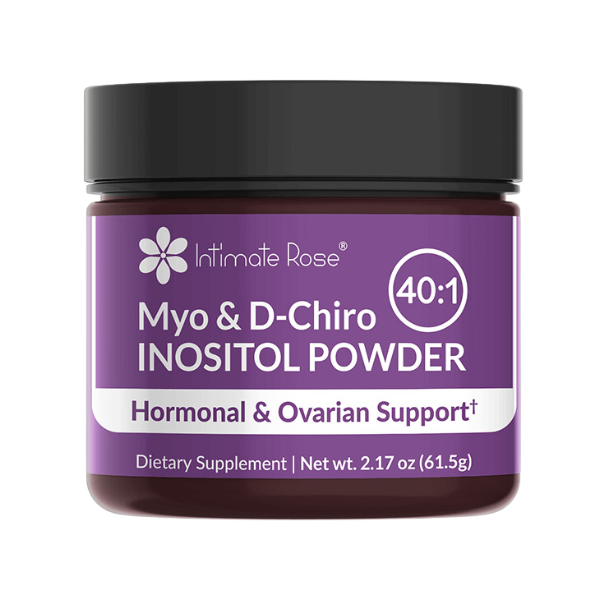Overview | Causes | During Pregnancy | Treatment | Conclusion
White, cream, or light yellow-colored vaginal discharge is normal and a healthy sign that the vagina is naturally cleansing itself.
A yellow discharge with a thicker or lumpy consistency, or a strong smell, might signal an infection and require medical treatment.
Read on to learn everything you need to know about yellow vaginal discharge, when it’s normal, when it’s abnormal, and what you can do to treat it.
Overview
Several varying factors such as odor, consistency, amount, and the timing of your menstrual cycle will play a part in determining what yellow discharge could mean.
A cream or light yellow-colored vaginal discharge without any smell, genital itching, or burning during urination is considered perfectly normal, for example. This sort of discharge is your vagina’s way of naturally cleaning itself.
It is also normal for this cream or light yellow-colored discharge to become stickier and a little thicker in the days before menstruation. It will naturally darken in color as menstruation draws nearer, due to a small amount of blood blending with the natural vaginal discharge.
Similarly, as menstruation comes to an end, vaginal discharge will usually change from red to brown, and eventually back to a light yellow or cream.
A bright yellow vaginal discharge, or a thicker yellow discharge, accompanied by a foul odor, however, is not normal, and typically indicates an infection. Additional symptoms like itching, pain during urination or sexual intercourse, and pelvic pain are also signs that something is not right.
Causes of Yellow Vaginal Discharge
Should you notice that your vaginal discharge changes to a darker yellow, and it is not due to a pending period, depending on additional symptoms, it could be caused by one of the following:
Yeast Infection
To remain optimally healthy, a hormone called estrogen encourages good bacteria known as lactobacilli to grow in the vagina and maintain a natural pH balance along with the presence of yeast.
When this natural balance is upset for some reason, by the presence of harmful bacteria, for example, the fungus candida can grow out of control and result in a yeast infection.
Factors that upset the healthy balance of bacteria and yeast in the vagina include douching, taking antibiotics for another condition, an increase in sexual activity, or hormonal imbalances during different stages of a woman’s life.
The most common symptoms associated with a vaginal yeast infection are a yellow, odorless discharge that becomes lumpy like the texture of cottage cheese, redness, swelling & itching of the vulva, pain while urinating, and pain during sexual intercourse.
Treatment For a Yeast Infection
Should you suspect you have a yeast infection or UTI, it is always best to consult with your doctor for an accurate diagnosis. Doctors will typically prescribe an over-the-counter antifungal cream, suppository, or antifungal oral medication for 3-7 days.
Trichomoniasis
Trichomoniasis also referred to as ‘trich’, is a common sexually transmitted infection (STI) that is often asymptomatic, meaning most people don’t know they are infected. It is caused by a parasite called protozoan which is passed on during sexual intercourse.
As well as a yellow-green frothy discharge with a smelly odor, symptoms of trichomoniasis include redness and swelling of the vulva, a frequent urge to urinate which results in a burning sensation each time, and discomfort during sexual intercourse.
Treatment For Trichomoniasis
Trichomoniasis can be avoided by using condoms during sexual intercourse with new partners and is typically treated with a course of antibiotics. Sexual partners should be notified and treated also to avoid reinfection for you or spreading the infection to others.

Things Off Down There?
Gonorrhea & Chlamydia
Gonorrhea and chlamydia are sexually transmitted infections caused by harmful bacteria that are passed on during sexual intercourse, oral sex, or via contact with infected genital fluids.
Both infections can be asymptomatic for some people, but if left untreated they can result in more severe conditions such as pelvic inflammatory disease (PID), infertility, and ectopic pregnancies, as well as serious complications during pregnancy.
It is therefore vitally important that both women and men schedule regular STI tests while sexually active with new partners.
If symptomatic, women suffering from gonorrhea or chlamydia will typically notice an increase in their vaginal discharge, as well as a change in its color to a dark yellow or green. Additional symptoms can include pelvic pain, discomfort while urinating, and vaginal bleeding between periods.
Treatment for Gonorrhea & Chlamydia
Similar to trichomoniasis, gonorrhea & chlamydia can be avoided by using condoms during sexual intercourse with new partners and is typically treated with a course of antibiotics. Sexual partners should also be notified and treated to avoid reinfection for you or spreading it to others.
Pelvic Inflammatory Disease
Infections like chlamydia or gonorrhea can easily spread to the pelvis, uterus, uterine tubes, and ovaries if left untreated, resulting in a more serious condition known as Pelvic Inflammatory disease (PID).
Symptoms of PID include a yellow-green vaginal discharge with a foul odor, pain in the lower abdomen and pelvis, as well as pain during urination and sexual intercourse, irregular menstruation, and spotting after sex or in between periods.
Some PID patients are also known to experience nausea, fever, and chills. If left untreated, PID can lead to chronic & ongoing pelvic pain, as well as miscarriage and complications during pregnancy.
Treatment for Pelvic Inflammatory Disease
Once diagnosed, doctors typically prescribe a combination of antibiotics as treatment for PID. In order to avoid re-infection, your sexual partner(s) should also schedule an appointment with their doctor for tests and treatment.
Boric Balance

Yellow Vaginal Discharge During Pregnancy
Typical vaginal discharge during pregnancy is white and thin with a mild odor, called leukorrhea. A light yellow discharge without any odor is also considered normal. In addition, it is usual for women to experience an increase in vaginal discharge due to a surge of hormones during pregnancy.
A yellow discharge, accompanied by a putrid smell, however, would more than likely indicate a vaginal infection. One of the most common vaginal infections during pregnancy being a yeast infection.
In this case, it is important to schedule an immediate appointment with your doctor without waiting for any additional symptoms like itching, swelling, or pain around the vulva to occur.
Mothers who have a yeast infection while giving birth can easily pass the infection onto the baby during delivery.
Yellow Discharge But No Odor
Yellow vaginal discharge with no odor can be normal in some cases, as vaginal discharge can vary in color and consistency throughout the menstrual cycle.
However, if the yellow discharge is a new change, unusually bright or dark yellow, or accompanied by other symptoms like itching, burning, or irritation, it could indicate an infection or other medical condition, such as a sexually transmitted infection (STI) or bacterial vaginosis, even in the absence of odor.
Remedies to Help Treat Yellow Discharge
Depending on the root cause of the yellow discharge (yeast infection, STI, PID), there are a few natural remedies which have been shown to improve symptoms
Conclusion
Because it is the vagina’s natural way of cleansing itself, women regularly experience a clear, white, or light yellow, odorless discharge. When yellow discharge darkens in color, however, or is accompanied by a foul odor, itching of the vulva, or pain during urination or sexual intercourse, it is more than likely indicating an infection.
Allowing a vaginal infection to go untreated will only lead to more severe conditions and complications, so it is always best to schedule an appointment with your healthcare provider as soon as possible for treatment.
References
Mayo Clinic – Trichonomiasis - https://www.mayoclinic.org/diseases-conditions/trichomoniasis/symptoms-causes/syc-20378609
Centers for Disease Control & Prevention - Gonorrhea - https://www.cdc.gov/std/gonorrhea/stdfact-gonorrhea-detailed.htm#
Medline Plus - Chlamydia - https://medlineplus.gov/chlamydiainfections.html#
Mayo Clinic – Pelvic Inflammatory Disease - https://www.mayoclinic.org/diseases-conditions/pelvic-inflammatory-disease/symptoms-causes/syc-20352594
Healthline - What Does Yellow Discharge During Pregnancy Mean - https://www.healthline.com/health/yellow-discharge-pregnancy#

Things Off Down There?
















